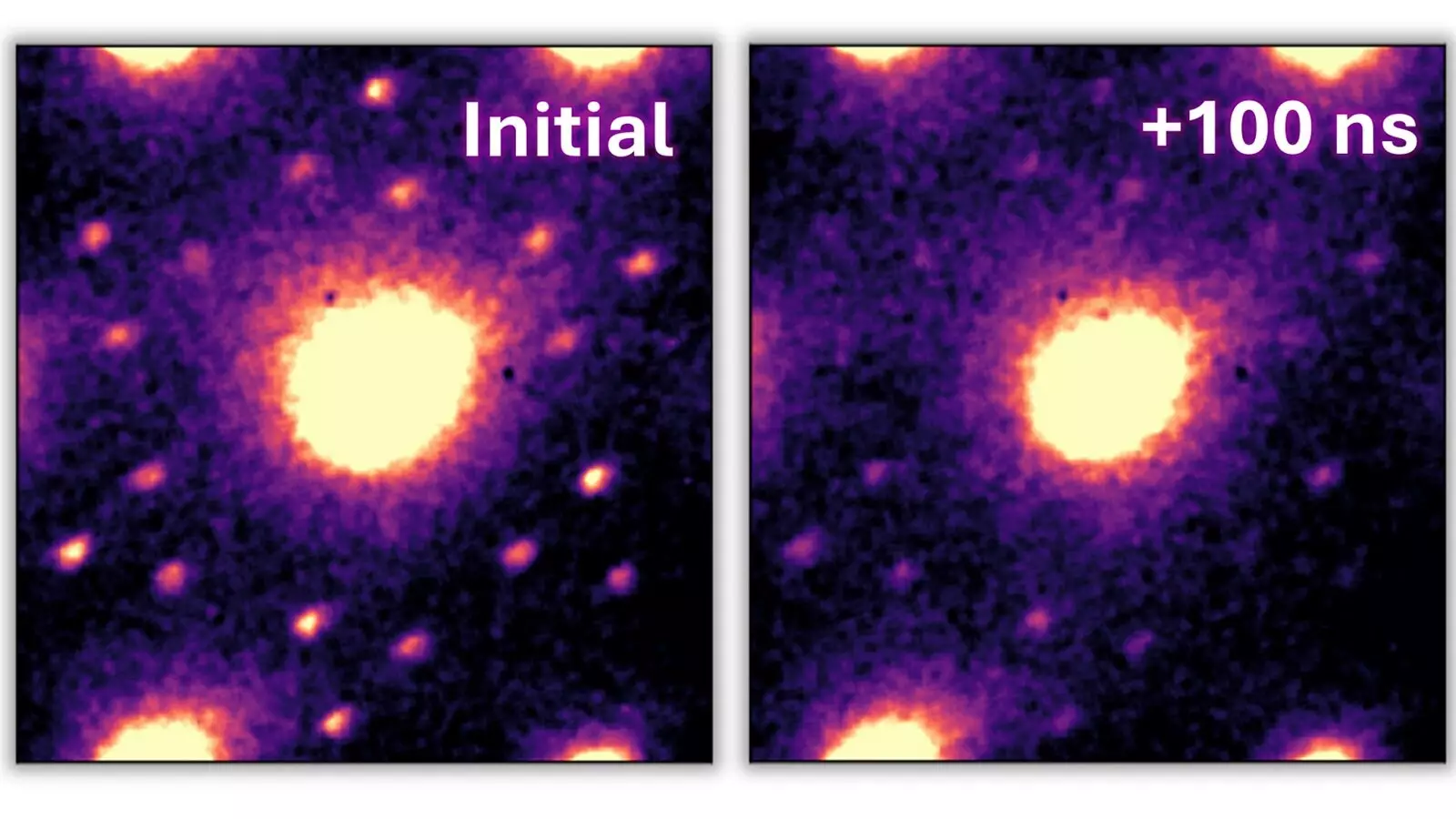As the digital age escalates, the energy consumption of supercomputers has soared to astonishing levels, rivaling that of entire communities. This staggering demand raises pressing questions about sustainability and environmental impact. The traditional methodologies that define supercomputing practices are no longer viable if we aspire to move towards a greener future. Thus, there is a pressing need for innovation, and researchers are responding with remarkable tenacity. Central to this innovation is the development of next-generation supercomputers that harness the potential of artificial neural networks, which inherently seek to simulate the functionality of the human brain.
Charge Density Waves: The Brain’s Electrons
The foundations of this new computational paradigm rest on charge density waves, intricate electron movements that bear a resemblance to neuronal behavior. These wave-like patterns influence the way electrons navigate materials, subsequently offering possibilities for energy-efficient computing solutions. In essence, by mimicking how neurons communicate and process information, researchers aim to create technologies that operate with reduced energy footprints while still delivering unprecedented performance.
At the core of this research lies tantalum sulfide, specifically the 1T-TaS2 variant, which exhibits fascinating properties at room temperature. The charge density waves found in this material are not merely theoretical constructs but phenomena that can be observed and manipulated. By applying electric pulses, researchers have been able to modulate these waves, giving scientists insight into their potential applications.
Unveiling an Uncharted World: The Role of Ultrafast Electron Microscopy
To explore the dynamics of these charge density waves, scientists at the U.S. Department of Energy’s Argonne National Laboratory have turned to cutting-edge ultrafast electron microscopy. This innovative technique enables them to peer into the intricate actions at play within materials like 1T-TaS2, capturing events as fleeting as 20 billionths of a second. The ability to observe these processes provides unparalleled understanding and paves the way for manipulating electron behavior in real-time.
What’s particularly striking about this research is the revelation that charge density waves react differently than previously believed. Instead of solely depending on electric currents, these waves can ‘melt’ due to thermal effects generated during the switching events. Moreover, the application of electrical pulses induces vibrations reminiscent of drum beats, further complicating our understanding of how these microscopic actions can translate into larger, impactful functions in computational systems.
Linking Biology and Computing
Perhaps the most intriguing aspect of this research is the parallels drawn between charge density waves and neuronal firing. The heating-induced ‘melting’ mirrors how neurons activate in the brain, establishing a connection between biological processes and computational efficiency. This synergy opens avenues for creating neural-like networks in computers that can fundamentally change how information is processed, making not only supercomputers but also everyday electronics more efficient.
The implications of this biomimetic approach extend beyond merely crafting faster computers. They signal a shift towards technology that draws inspiration from natural processes, fostering innovation that is inherently sustainable. By understanding and manipulating the behaviors of charge density waves, researchers could unlock a multitude of applications that could redefine energy consumption in microelectronics, making ‘greener’ technology a tangible reality.
Looking Ahead: Broader Applications
The findings of Argonne’s researchers signal a pivotal moment in energy-efficient microelectronics with potential benefits that span various applications. It is projected that as we continue to refine our understanding of charge density waves and material properties, we will be able to tailor fundamental mechanisms to optimize other materials, thus enhancing their functionalities.
In the wake of this breakthrough, the landscape of computing could be profoundly altered, envisioning machines not only as tools of computation but as sophisticated devices powered by principles that govern our brain’s very existence. By marrying artificial intelligence with neuromorphic engineering, we can embark on a journey where computing harmonizes with environmental responsibility, setting the stage for a sustainable technological future. The intersection of technology and neuroscience heralds an era of smart computing that promises to be not just powerful but also profoundly efficient.


Leave a Reply